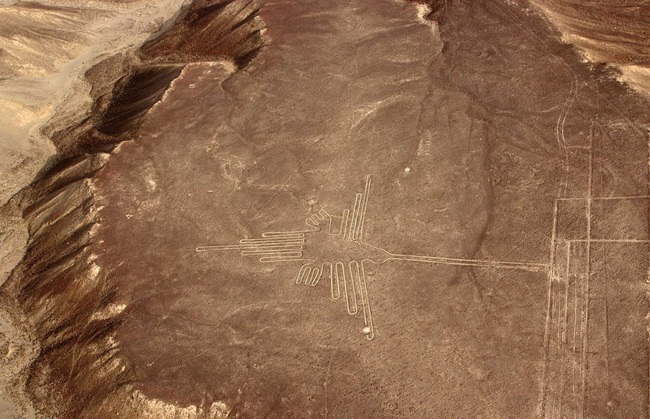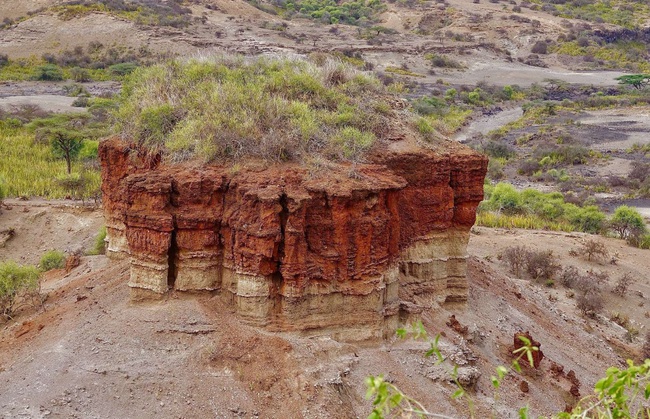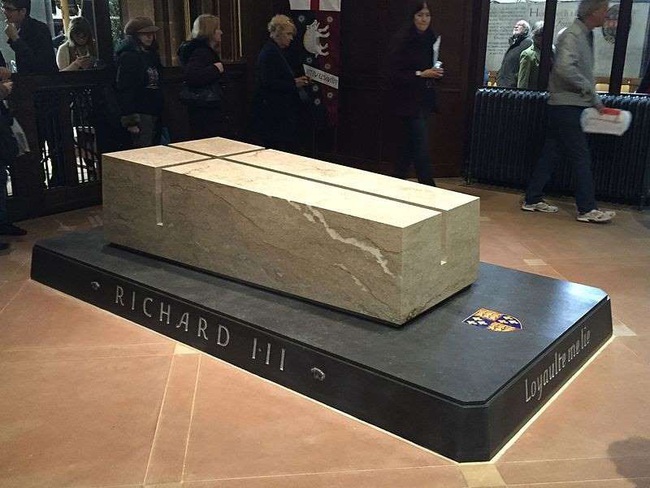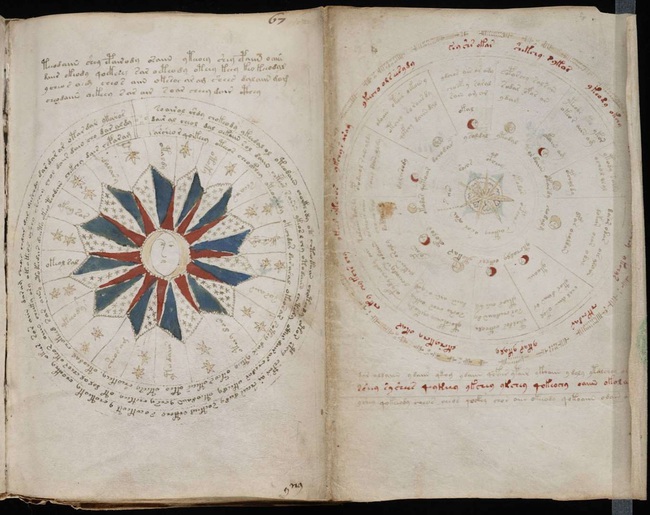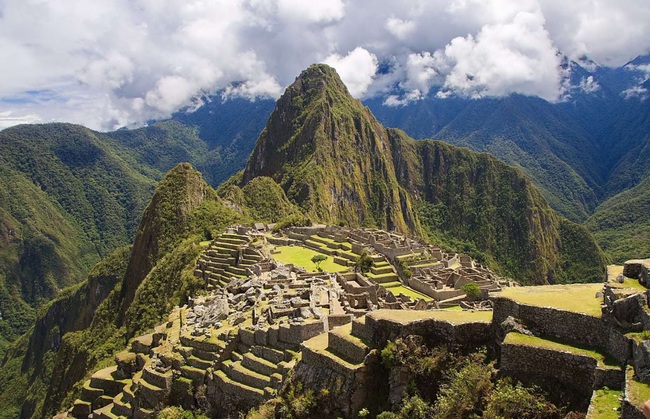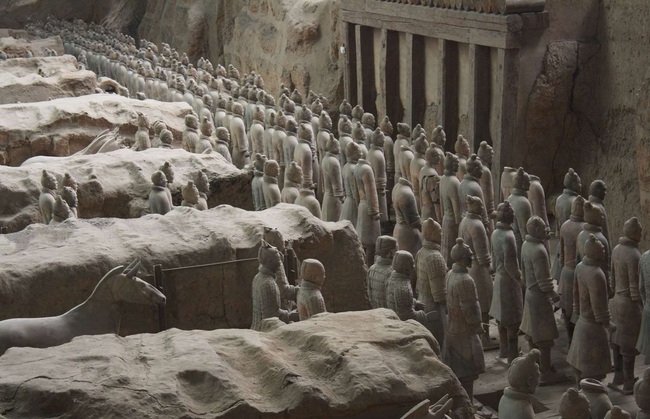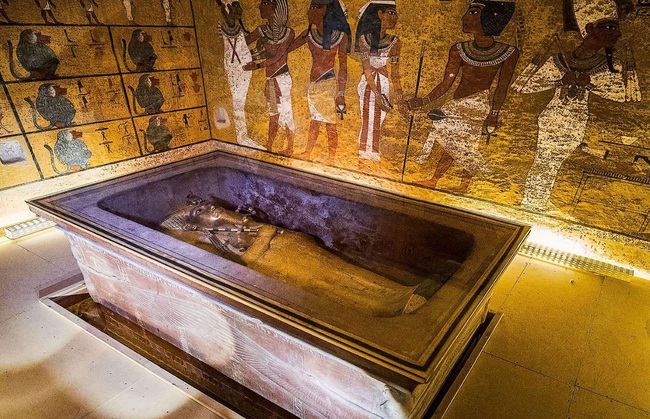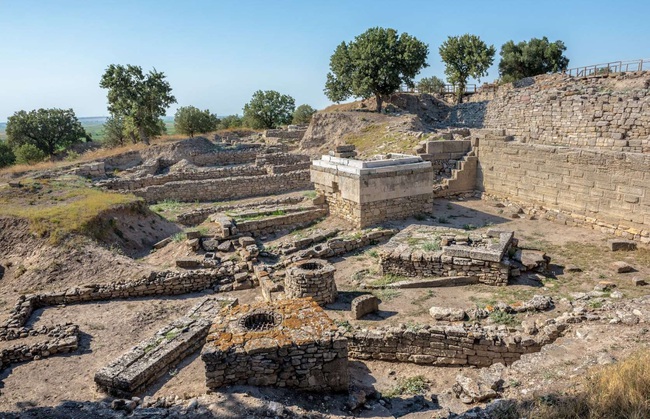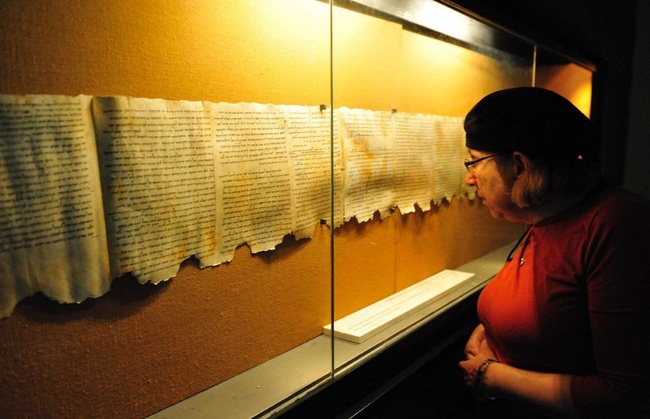Some important archaeological discoveries in human history are even more impressive than the stories with the most intriguing plots.
Easter Island, Chile: Surely everyone has the dream of once in their life admiring the giant stone head statues whose origin and construction techniques are still a mystery. Nearly 1,000 statues with heights of up to 9 meters are scattered throughout the island of Rapa Nui (Easter Island’s real name) – created between the 11th and 17th centuries. Even the island’s location also makes people wonder. The statue adds to the mystery: Easter Island is located off the coast of Chile and about 2,000 km from the nearest inhabited land. In 1722, because he set foot on the island during Easter, Dutch explorer Jacob Roggeveen named it Easter Island.
Drawings on the Nazca Plateau, Peru: Appearing since 500 BC, if you stand on the ground, you will not be able to see these giant drawings. They are carved into the surface of the ground or on rocks and have many different shapes from complex to simple such as birds, monkeys… Stretching over a total area of about 450 square kilometers, the drawings were first discovered by historians. American Paul Kosok seriously researched them in the 1940s. Until now, hypotheses related to their formation continue to be put forward by scientists.
Underwater Caves, Yucatan, Mexico: In January 2018, a great discovery was made in the underground caves of Yucatan: two of the submerged cave systems are connected to each other and that making them the largest submerged cave system in the world. “This giant cave is the most significant underwater archaeological site in the world,” commented famous explorer Guillermo de Anda. Here, people have found bones of paleontological species such as gomphothere (similar to today’s elephant) and giant sloth dating to about 15,000 years old; A 9,000-year-old human skull is covered by limestone and there are many other important remains.
Gobekli Tepe, Türkiye: Is this the first temple in the world? Some archaeologists and historians believe that Gobekli Tepe may have appeared 6,000 years before Stonehenge (England) and 7,500 years before the Giza Pyramid (Egypt). If it is true that it is about 12,000 years old, Gobekli Tepe is undoubtedly one of the first urban centers in the world.
Olduvai Gorge, Tanzania: This may be the oldest evidence of human evolution according to Darwinism. Paleontologists have discovered hundreds of fossilized bones and stone utensils in the area. Their conclusion: Humans evolved in Africa. Scientist Louis Leakey and his wife, Mary Leakey, first discovered the archaeological site in the 1930s. The unstable political situation in neighboring Kenya delayed the excavation process. In the 1950s, two scientists returned to Olduvai Gorge and found skull fragments dating back 1.75 million years.
Angkor Wat Temple, Cambodia: One of the earliest records about Angkor Wat comes from Marcelo Ribandeyro – a Spaniard who accidentally discovered the temple complex in the middle of the Cambodian jungle. Because Ribandeyro initially did not know what this was, the temple gradually fell into oblivion. Thanks to the French explorer Henri Mouhot, it was not until the mid-19th century that the West learned about this wonder. Angkor Wat is currently Cambodia’s most popular tourist destination.
Antikythera Machine: The 2,000-year-old mechanism was found in a shipwreck near the Greek island of Antikythera in the early 20th century and was “forgotten” until the 1950s. It is described as the first computer first in history – with a gear system that helps calculate numbers with high accuracy.
Tomb of King Richard III, England: This discovery attracted great attention from the media, historians and Shakespeare lovers. King Richard III died in battle in 1485 and was a “hero” in Shakespeare’s play of the same name. In 2012, his grave was found in the ground of a car park next to Greyfriars Church, Leicester. Three years later, the king was buried again in a marble tomb at Leicester Cathedral.
The Voynich Manuscript: A 234-page book of mysterious origin acquired by merchant and book collector Wilfrid Voynich in 1912. Only 33 pages contain text – the rest consists of simple drawings and illustrations. The book is said to be 600 years old and comes from Central Europe. The problem is that, until now, people still do not understand the content in the manuscript. Some people believe that this could be one of the biggest pranks in history or it could also be a code that cannot be cracked.
Rosetta Stone, Egypt: Accidental discoveries are often the most important discoveries. Found in 1799 by a group of French soldiers in the port city of Rashid (Rosetta), Egypt, on the surface of the stone is engraved a decree issued in Memphis in 196 BC in the name of King Ptolemy V. The decree was written in three types of script: ancient Egyptian hieroglyphs, Demotic characters, and ancient Greek.
Tomb of King Tut, Egypt: Tutankhamun’s tomb is certainly one of the greatest and most famous archaeological discoveries of modern archaeology. Despite his youth and short reign (Tutankhamun became king at the age of 9 and only remained in power for about 10 years), King Tut’s tomb was still very lavish. The most prominent of these is a coffin made of pure gold with gems and jade embedded in it. Discovered in 1922, it is rumored that those who enter the tomb with evil intentions will suffer a harsh curse.
Troy, Greece: Homer’s epic Iliad is a source of inspiration that nurtures the imagination of many generations of readers. However, historians have always debated whether the Trojan War depicted in the work actually took place and whether Troy really existed – until archaeologist Heinrich Schliemann discovered the Hisarlik site in Turkey in the 19th century. Is this the lost Troy? What is certain is that more than a dozen cities were built on the same site during different time periods. Additionally, people lived there between 3,000 and 1,500 BC. What about the Trojan horse? This is still an unsolved mystery.
Pompeo, Italy: Buried deep under a layer of ash up to 6 and 7 meters thick after the eruption of Mount Vesuvius, the Italian city was almost preserved intact for centuries. Today, this place has become one of Italy’s top tourist destinations.
Dead Sea Scrolls, West Bank: In 1947, while searching for stray livestock near Qumran in the West Bank, a young shepherd discovered a set of seven scrolls dating from the last 3 centuries B.C. and the first century AD. Hundreds of other manuscripts were later discovered in the surrounding area. With content including the Bible, calendar, mythological traditions… – the book becomes the oldest Bible of the Jews.

